Self-Publishing a Book: How to Choose a Printing Company

estimated reading time: 5 minutes
Are you Planning to Self-Publish a Book?
Self-Publishing continues to grow in popularity because it gives
book authors complete control over the publishing process. Instead of
taking direction from a publishing company, self-published authors make all the
decisions regarding their book's content, cover artwork, pricing structure, distribution,
and marketing strategy.
Another decision self-published authors are free to make is
choosing the printing company they want to produce their book. Finding the right printer is
crucial to achieving the desired quality, cost-effectiveness, and timely production of the
book. With that in mind, below are 11 key factors self-publishers should look
for in a printing company.
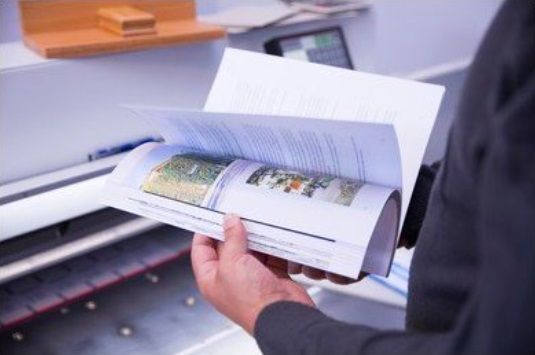
11 Factors to consider when choosing a Printing Company to produce your Book
1. Quality of Work: Naturally, you will want to select a printing company that consistently produces high-quality printing. Requesting samples of their work will help you gauge the quality level first hand. If possible, try to get samples that have similar features to your particular project. Examine the samples closely to ensure they have crisp text, vibrant ink colors, and exhibit an overall attention to detail.
2. Printing Capabilities: Make sure the printer has the presses
to match your specific printing requirements. Digital presses are ideal for producing
short runs of books and offset presses are better for larger runs. Finding a
printer with both types of presses is a major plus because it will allow your book to be economically
produced at lower quantities when it is first launched as well as the higher order
quantities you'll need when demand for the book rises.
3. Years of Experience: It is important to research how long
the printer has been in business. Longevity is a reliable indicator of success because
it demonstrates that customer satisfaction has been sustained over time. Printing
companies that prioritize long-term client relationships are the ones most
likely to have a strong foundation in place, thus enabling them to service your
needs well into the future.
4. Paper Selection: The type, weight, and finish of the paper
you choose for your book's cover and pages will significantly impact the look
and feel of the book. Unfortunately, some printers limit your paper choices to
only a few standard options. Since you want the paper to be well-suited for the
book's content and also satisfy your aesthetic preferences, find a printer that
offers a wide paper selection so you can select the perfect stock for your
project.
5. Binding Options: Some printers only offer certain binding types,
so if you have a preference for a specific binding method (such as perfect
binding, saddle stitching, spiral coil, wire-o, comb, or hardcover binding)
make sure the printer you choose offers the binding option you need.
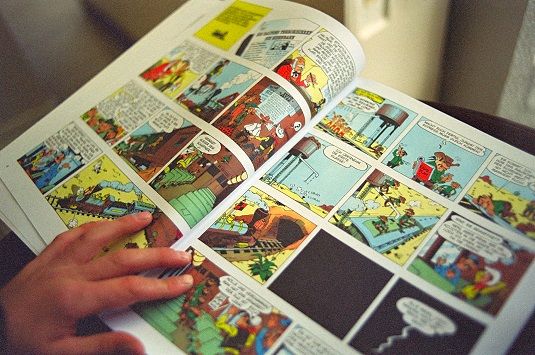
6. Finishing Choices: If you want your book to have a unique
appearance, find a printer that has an extensive finishing department. Finishing
refers to various options that can be added after the ink has been applied to
the paper. These finishing steps can greatly enhance the look and/or
functionality of a book to help set it apart. Examples of
finishing operations include gloss, matte, and soft touch coatings, protective
laminates, and eye-catching enhancements such as embossing, foil stamping, or die-cutting.
Folding, scoring, perforating, trimming, and drilling are other common finishing
procedures.
7. Pricing Structure: Request quotes from multiple printers and
compare the pricing. Be sure to consider not only the cost per
unit but also any additional fees for setup, file preparation, proofs, and
shipping. It is always better to focus on the best overall value rather than
the absolute lowest unit price.
8. Turnaround Time: Consider the printer's turnaround time for
printing and shipping. Have a discussion upfront to ensure they can meet your
deadlines, especially if you have a specific launch date or event planned for
your book. In that regard, be sure to plan well ahead and provide realistic
target dates.
9. Proofing Process: Be sure to inquire about the proofing
process that is offered by the printer. You should always have the opportunity
to review and approve a digital or physical proof before the final printing
begins. A digital proof refers to a proof in an electronic format, such as a
PDF. Physical proofs or mock-ups are usually
only provided upon request and are generally reserved for projects with atypical
complexity. Bear in mind that physical proofs will almost always incur a charge
for the proofs themselves plus a shipping fee.
10. Eco-Friendly Practices: If environmental sustainability is
important to you, inquire about the printer's use of eco-friendly materials
and processes, as well as participation in recycling programs.

11. Customer Service and Communication: This entry is placed last in the list, but not because it is the least important. It is actually one of the most important criteria and is strategically placed last to increase the chance it will be remembered. Selecting a printing company that has excellent customer service and communication skills is a vitally important part of the self-publishing experience. You want to select a company that not only meets your printing requirements but also takes an interest in your project, is responsive, provides clear explanations, and works hard to help you achieve your goals. So reach out to your short-list of printing companies with any questions or concerns you may have. Then assess their level of customer service before making your final decision. You'll be so glad you did!
Color Vision specializes in Book Printing for Self Publishers!
For the past 40+ years, Color Vision has been producing high-quality books
at very affordable rates. We print and bind all types of books for self-publishers, including
fiction and non-fiction, novels, biographies, how-to books, cookbooks, comic
books and more.
As a full-service printer, we have digital presses to
produce short run projects and offset presses to produce longer runs. This means
we can accommodate your initial start-up needs as well as produce books in
volume as you grow. We also offer a wide variety of binding and finishing
options to make your book unique.
Plus, as a totally-custom printer, Color Vision
offers just about any book size or binding style that you might want. We also
stock a wide variety of paper types and can also custom order just about any specialty
stock you might need. As far as ink colors, we can print your book using Full-Color
process (CMYK), PMS Spot colors (Pantone), Black Ink only, Grayscale, or any
combination of these color systems.
If you have any questions or want to discuss your book project,
give us a call at 800-543-6299 and we'll be happy to help. Or, use
our Quote Request form to send us the specifications of your project and
we will email a quote to you.
Self-Publishing can be a very rewarding experience and we hope
to be a part of your book's creative journey. As always, we look forward to assisting
with your printing, binding, and finishing needs!
Related Article -
Self-Published Books: What is an ISBN number? Do
I need one?
Related Articles

Printing Booklets: 5 Popular Types of Binding for Booklets
Read This Article
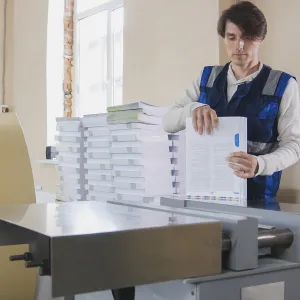
Short Run Book Printing: The Gateway to Self-Publishing
Read This Article
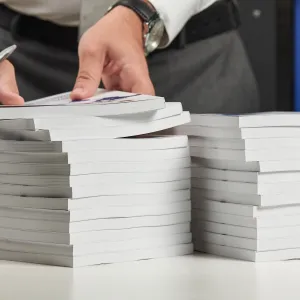
Perfect Bound Books: Exploring the Perfect Binding Process
Read This Article
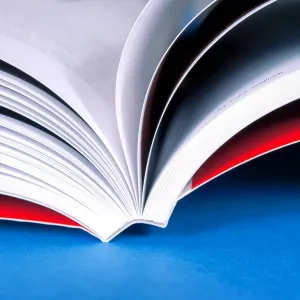
Custom Book Printing: What is PUR Binding?
Read This Article